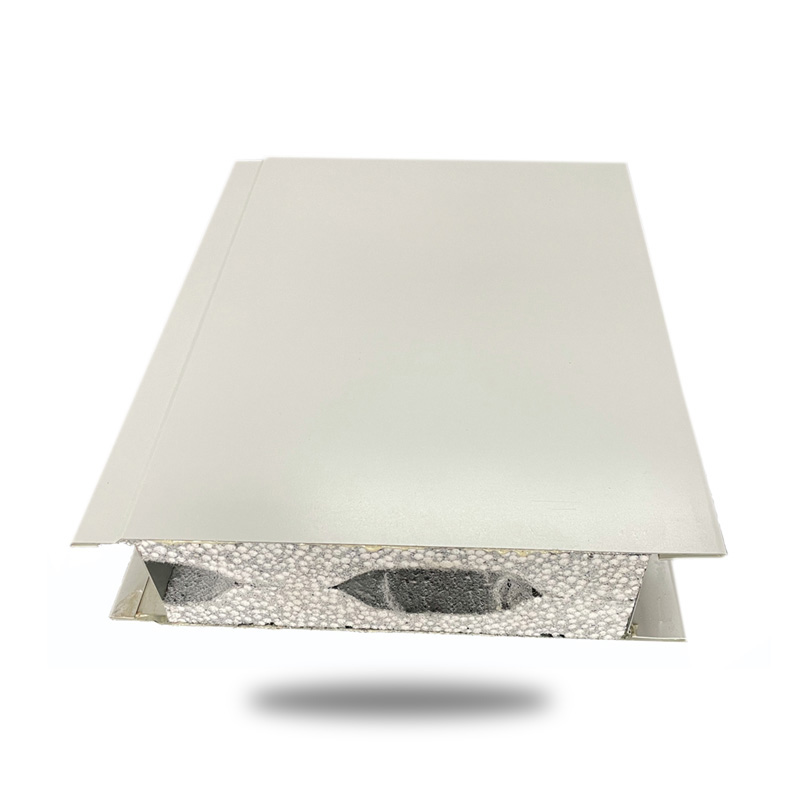

Clean room panels are constructed with specific materia […]
Clean room panels are constructed with specific materials and design features to ensure cleanliness and sterility in controlled environments. Here are key aspects of their construction:
Non-Porous Surfaces: Clean room panels are typically made from non-porous materials such as stainless steel, aluminum, fiberglass-reinforced plastic (FRP), or composite materials. Non-porous surfaces are easier to clean and disinfect, reducing the risk of microbial contamination and particulate accumulation.
Smooth Surfaces: Clean room panels have smooth, seamless surfaces without cracks, crevices, or joints where contaminants can accumulate. Smooth surfaces facilitate cleaning and disinfection procedures, minimizing the potential for microbial growth and cross-contamination.
Sealed Joints and Edges: Clean room panels feature sealed joints, edges, and seams to prevent air leakage and ingress of contaminants. Sealed construction eliminates gaps and gaps where dust, particles, or microorganisms could penetrate, ensuring the integrity of the clean room environment.

Chemical Resistance: Clean room panels are resistant to chemicals, disinfectants, and cleaning agents commonly used in clean room environments. Chemical-resistant materials prevent degradation, discoloration, or damage to the panels during cleaning and sterilization procedures.
Antimicrobial Properties: Some clean room panels incorporate antimicrobial additives or coatings to inhibit the growth of bacteria, fungi, and mold on the panel surfaces. Antimicrobial properties help maintain cleanliness and sterility in clean room environments, reducing the risk of microbial contamination and infection transmission.
Fire Resistance: Clean room panels are often designed to meet fire safety regulations and standards for building materials. Fire-resistant panels minimize the spread of flames and smoke in the event of a fire, enhancing occupant safety and protecting critical assets and equipment within the clean room facility.
Modular Construction: Clean room panels are typically manufactured in modular units that can be assembled and installed quickly and efficiently. Modular construction allows for easy customization, reconfiguration, and expansion of clean room facilities to accommodate changing requirements and workflows.
Compliance with Standards: Clean room panels are engineered and manufactured to comply with industry standards and regulations for cleanliness, sterility, and environmental control. Panels may undergo testing, certification, and validation processes to ensure they meet the specified performance criteria and cleanliness standards.
By incorporating these design principles and construction features, clean room panels provide a controlled and sterile environment essential for sensitive manufacturing processes, research activities, and healthcare operations. Effective construction of clean room panels helps maintain optimal cleanliness, hygiene, and product quality in critical environments where contamination control is paramount.
Our new models offer superb design;competitive prices and their new features give them distinct advantages over similar products from other manufacturers.